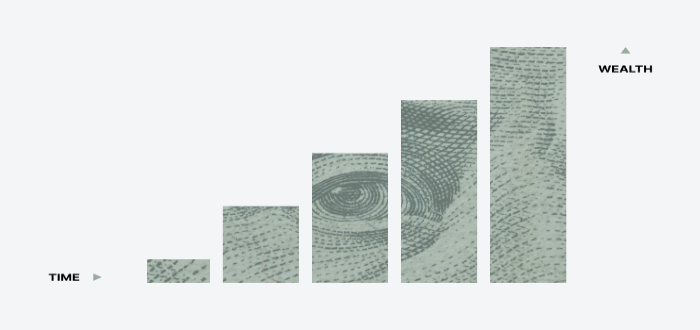Raub Report: The Resurgence of Inflation
July 9, 2020

Photo by Morgan Housel on Unsplash
Remember inflation? That is what happens when prices go up, and buying power of your dollar goes down. That has been generally flat the past few years and off everyone’s radar screen. In Commercial Real Estate, it is generally accepted that the rate of inflation is about 2%. For example, in leases, Landlords can raise their rents 2% every year to keep pace with inflation and not fall behind or bump rents 5% every three years. Generally, tenants accept this theory, so rarely do leases remain flat for very long; that would indicate a strong negotiating position by the tenant.
Of course, we are now in the Days of Covid, a pandemic with an impact of Biblical proportions on us all. Landlords have very little clout, since they are struggling to hold on to the tenants they have. Tenants have very little clout, just trying to hold on to their business, employees, customers and life savings. Ain’t pretty, no way. We are seeing amazing advances in treatments and vaccines, with Project Warp Speed from the administration. Our sharply divided Congress actually came together to pass the PPP legislation, and other follow-on programs, with maybe a new one on the way. But truly, the most amazing response has been from the Federal Reserve which has ballooned its balance sheet to over $6-trillion and is standing by to do even more! This is from Jerome Powell, an avoided opponent to Quantitative Easing. But these are times that try men’s and women’s souls, and everyone is having to do things differently. This flood of money into the system has propped up the stock market, given corporations the liquidity they need to survive and prevented bankruptcies and foreclosures so far. Still, no one knows what the future holds.
As an observer of commercial real estate, entering this market place in 1985, on the door step of Great Real Estate Depression from 1986 to 1993, I have learned one thing… Crashes come when credit bubbles balloon. In the 1980’s it was the Savings and Loan Crisis, with way too much money pumped into development projects in the Sun Belt. Then, from 2000 to 2003 we had the burst of the Tech Bubble, largely caused by a huge balloon in the money supply to counter balance Y2K, a crisis that never happened, but causing a crisis that did happen. Oh well, best laid plans and all. Then, we had the Great Financial Crisis of 2008, largely built on the government’s Community Reinvestment Act that led to collateralized mortgages, dumb credit ratings and a bank collapse of epic proportions.
So, every time the government intervenes by injecting huge amounts of money into the U.S. monetary system, it blows up. We will eventually get a Covid-19 vaccine, everyone will take it, just like Small Pox, Polio, and Measles inoculations and then our health will be better. But will the FED’s cure for this current economic disease be as bad as the effects of the virus itself?
My point is that one of the best investments during inflationary times is real estate.
It is not currently cheap, but in a couple of years, buying now may look pretty smart. And debt doesn’t get cheaper than it is now with historically low interest rates. There is a huge amount ($1-Trillion) of money looking for investments. Inflation is a sad, but effective cure for too much of a good thing.

